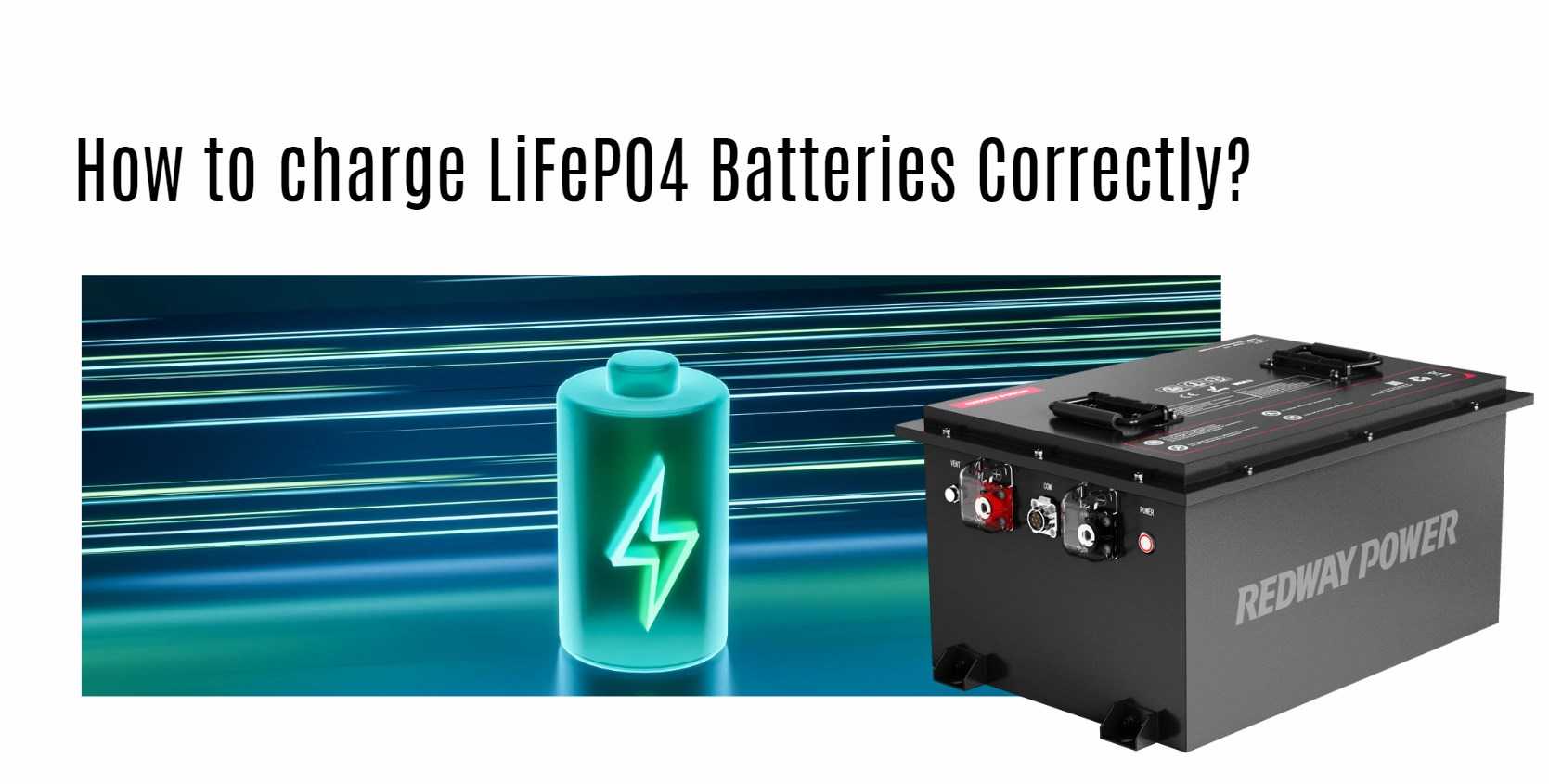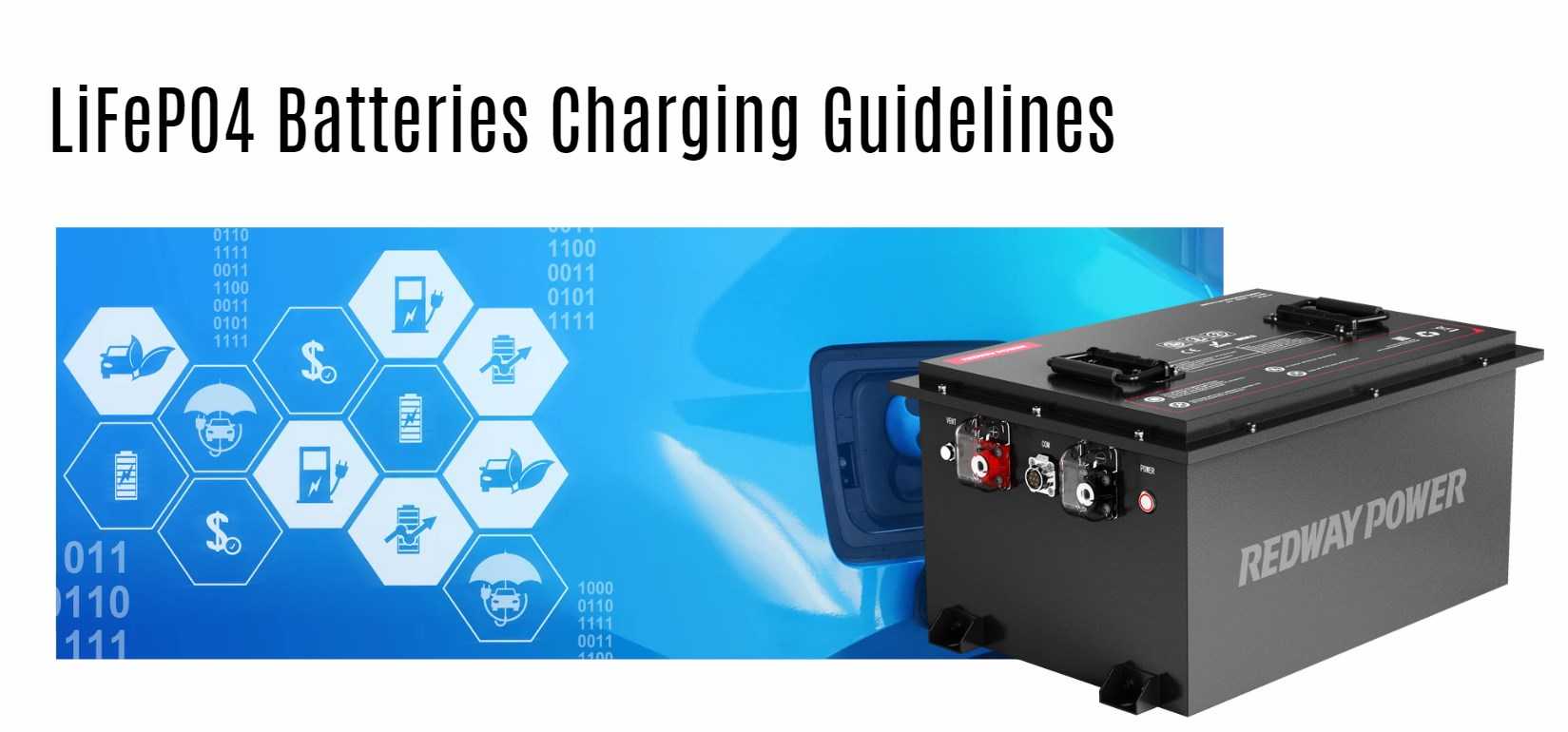- CCCV Charging Method: The recommended charging method for LiFePO4 batteries is CCCV, which stands for Constant Current Constant Voltage. This method involves charging the battery pack with a constant current initially, typically at a rate of 0.3C. This allows the battery to charge gradually without overheating or overcharging.
- Constant Voltage Stage: Once the battery reaches a certain voltage, usually around 3.65V, the charging method switches to a constant voltage. This stage ensures that the battery is charged to its full capacity while maintaining a safe voltage level.
- Safe and Efficient Charging: By following the CCCV charging method, LiFePO4 batteries can be charged safely and efficiently. This method helps prevent overcharging, which can lead to battery degradation, and ensures that the battery is charged to its optimal capacity for maximum performance.
Understanding LiFePO4 Batteries
LiFePO4 (Lithium Iron Phosphate) batteries are renowned for their high energy density, longevity, and safety features. They have become increasingly popular in various applications, from solar energy storage to electric vehicles, due to their stable chemistry and superior performance characteristics.
Choosing the Right Charger
One of the critical factors in maximizing the lifespan and performance of LiFePO4 batteries is using the correct charger. Unlike other lithium-ion chemistries, LiFePO4 batteries require chargers specifically designed to match their voltage and charging profiles. Using incompatible chargers can lead to inefficient charging, reduced battery life, or even damage.
Key Charger Specifications
- Voltage Requirements: LiFePO4 batteries typically require charging voltages between 14V to 14.6V for 12V systems, and proportionally higher voltages for 24V, 36V, and 48V systems.
- Charging Profiles: Chargers should support CC (Constant Current) and CC-CV (Constant Current-Constant Voltage) charging profiles to ensure proper charging without overcharging or undercharging.
Charging Guidelines
LiFePO4 batteries are resilient and do not require frequent charging. They can be charged after each use or when their state of charge (SOC) drops below 20%. Unlike other battery types, LiFePO4 batteries can tolerate partial state of charge (PSOC) without significant degradation.
Wholesale lithium golf cart batteries with 10-year life? Check here.
Temperature Considerations
LiFePO4 batteries have a broad temperature range for charging, typically between 0°C to 45°C (32°F to 113°F). Specialized low-temperature (LT) series batteries are available for extreme cold climates, equipped with integrated heating systems that activate automatically during charging below 0°C.
Want OEM lithium forklift batteries at wholesale prices? Check here.
Safety Precautions
Before initiating a charge, ensure:
- Charger cables are intact and insulated to prevent short circuits.
- Terminal connectors are clean and securely connected to maximize conductivity.
- Refer to the battery’s datasheet for specific torque settings and other manufacturer recommendations.
Charging Configurations
Charging in Parallel
When charging LiFePO4 batteries in parallel, ensure all batteries are within 0.1V of each other to prevent imbalance. Refer to the manufacturer’s guidelines for appropriate charging voltages based on system voltage.
Charging in Series
Charging batteries in series requires meticulous voltage management to prevent imbalance. Use multi-bank chargers or specific voltage chargers tailored to series configurations.
Using Alternator or Solar Chargers
LiFePO4 batteries can be charged using alternators or solar panels, provided the charging equipment meets voltage specifications. For solar charging, ensure voltages remain within recommended ranges (e.g., 14V to 14.6V for 12V systems).
FAQs
Can I Charge LiFePO4 Batteries with a Lead-Acid Charger?
Yes, as long as the charger’s voltage settings are compatible with LiFePO4 requirements. Avoid using chargers designed for wet cell batteries, as they typically have higher charging voltages that may trigger the battery management system (BMS) to disconnect.
How Do I Charge LiFePO4 Batteries in Cold Temperatures?
LiFePO4 batteries equipped with LT technology can safely charge in temperatures as low as -20°C. The integrated heating system ensures seamless operation without compromising battery performance.
Conclusion
Charging LiFePO4 batteries correctly is crucial for maximizing their efficiency, lifespan, and safety. By following the guidelines outlined in this comprehensive guide, you can ensure optimal performance and longevity of your LiFePO4 battery systems.
For more information or specific inquiries, feel free to contact our technical support team at Redway Power.







